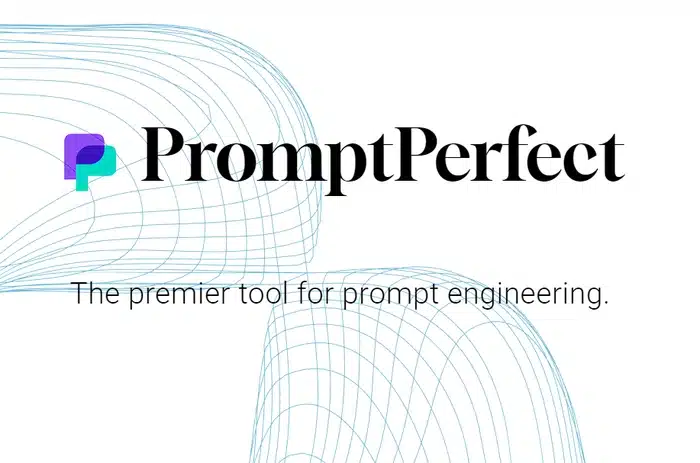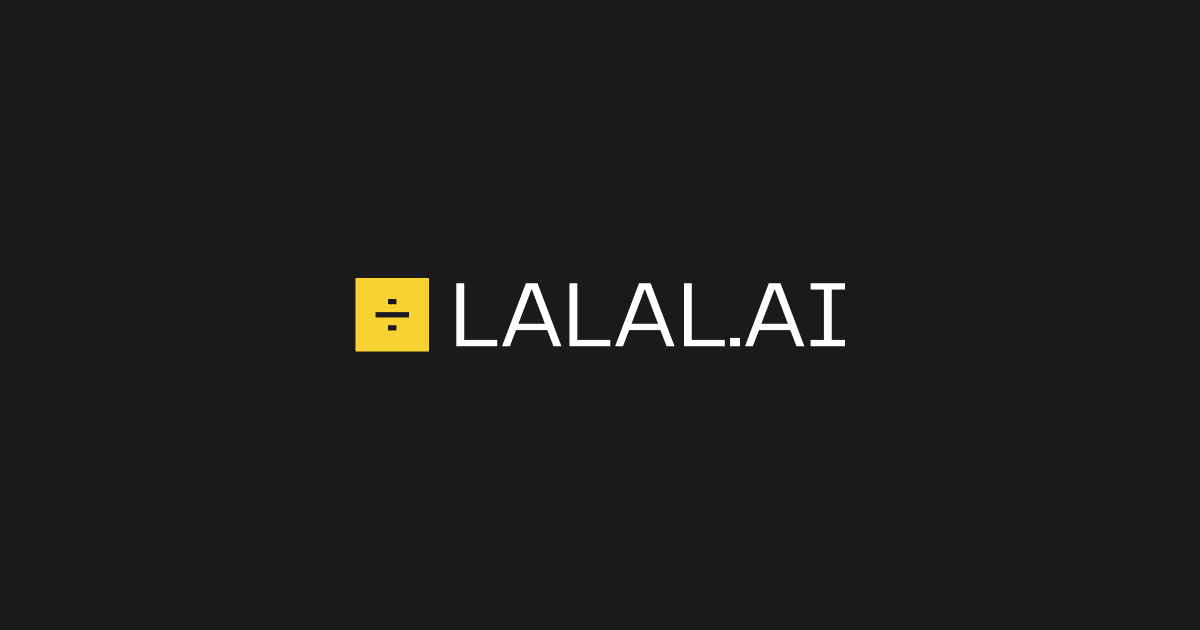In the digital age, Artificial Intelligence (AI) has emerged as a powerful tool revolutionising various industries, and the world of video. AI-powered technologies have created a new era of video processing, offering exciting possibilities for enhancing, analysing, and creating captivating visual content. In this blog, we’ll explore five innovative ways AI is transforming the video landscape, making it more immersive, efficient, and engaging.
Is AI a threat to creativity?
Concerns arise as AI develops and becomes more advanced, but should we really see it as a threat? You could argue that it is taking away from us through the work that otherwise we would produce however it is an aid and resource for creative to carry out their work more effectively and the truth is it’s here to stay. With this in mind we’ve compiled a list of innovative AI tools that can assist your creative process and help you to not get left behind. While making sure to highlight how we can work together with it!
What is Generative AI?
Generative AI (GenAI) embodies a powerful facet of Artificial Intelligence, skillfully crafting diverse forms of content, encompassing images, videos, audio, text, and even 3D models. This remarkable capability is harnessed by analysing existing data patterns and subsequently leveraging this acquired knowledge to generate novel, unparalleled outputs. GenAI’s adeptness at producing intricate, lifelike content akin to human creativity renders it an invaluable asset across multiple sectors, including gaming, entertainment, and product design.
AI tools for video editing
PromptPerfect

PromptPerfect stands as an automated optimiser for ChatGPT, Midjourney, and Stable diffusions. It is a tool that helps make prompts much more understandable for AI tools, enabling it to be easier to get your message across. This tool exhibits potential to enhance creative interactions across various platforms.
Lalal.AI – Voice Removal

Lalal.AI is an AI-driven background music removal and noise cancellation tool. This tool’s efficacy in isolating or eliminating unwanted instrumentals or vocals from an audio track, and potentially mitigating intrusive background noise such as wind interference, makes it a worthwhile venture.
Runway

Runway offers a comprehensive suite of versatile tools conveniently consolidated into a single platform, combining the functionalities of various software. Notably, its rotoscoping tool stands out as exceptionally valuable. It serves as an all-encompassing destination for AI-driven solutions, although it’s worth noting that the free trial limits exports to 720.
Midjourney

Midjourney showcases an exemplary application of generative AI by transforming textual prompts into captivating images. Through the innovative interplay of AI and language, Midjourney translates ideas into vivid visual creations.
What can you do with AI?
1. AI-Enhanced Video Editing
Traditionally, video editing has been a laborious process, requiring significant time and expertise. With AI-driven video editing tools, creators can now streamline their workflows and achieve professional-looking results in a fraction of the time. AI algorithms can analyze footage, identify key scenes, and even suggest the most suitable transitions and effects to match the video’s style. Additionally, AI can automatically remove unwanted elements, stabilize shaky footage, and optimize audio quality, significantly improving the overall production value.
2. Real-time Object Detection and Tracking
AI-powered object detection and tracking have become indispensable for various applications, ranging from security surveillance to augmented reality experiences. In the context of video, this technology enables dynamic tracking of specific objects or subjects within the frame. This capability is especially useful for sports broadcasts, allowing AI to follow players or track the trajectory of a ball, providing viewers with a more immersive and informative experience. Additionally, this technology is employed in autonomous vehicles and robotics to perceive and interact with the surrounding environment.
3. Personalised Video Recommendations
Streaming platforms and video-on-demand services are leveraging AI algorithms to deliver personalized video recommendations to users. By analyzing user behavior, viewing history, and preferences, AI can accurately predict content that aligns with individual tastes. This technology enhances user satisfaction, increases engagement, and ensures viewers discover content that resonates with their interests. As AI continues to refine its recommendations, it contributes to better content discovery and a more enjoyable video-watching experience.
4. Deepfake Detection and Content Verification
Deepfake technology, which uses AI to create realistic but fabricated videos, has raised concerns about misinformation and digital deception. To combat this issue, AI algorithms are being developed to detect and verify the authenticity of videos. These tools analyze subtle discrepancies, such as facial movements, lighting, and audio synchronization, to identify potential deepfakes. By integrating such AI-driven solutions, content platforms can maintain trust and integrity in the videos they host, curbing the spread of misleading information.
5. Video Summarisation and Transcription
Long-form video content can be time-consuming to watch and difficult to search through. AI offers solutions for both video summarization and transcription, catering to various needs. Video summarization algorithms automatically generate concise summaries of longer videos, enabling viewers to quickly grasp the main points without investing excessive time. On the other hand, AI-powered transcription tools accurately convert spoken words in videos into written text, making video content more accessible and searchable for a wider audience.
6. Image generation for storyboards
The integration of AI-driven image generation ushers in a new era of creative potential. By harnessing the capabilities of Artificial Intelligence, storyboard artists and creators can swiftly translate textual narratives into captivating visual representations. This transformative process not only expedites the conceptualization phase but also offers a dynamic canvas for exploring diverse visual scenarios.
Artificial Intelligence has ushered in a new era of possibilities in the realm of video, transforming the way content is created, edited, and experienced. From enhancing video quality and automating editing processes to enabling real-time tracking and safeguarding content integrity, AI’s impact on video technology is profound. As AI continues to advance, we can expect even more groundbreaking applications that will undoubtedly shape the future of video and redefine how we interact with visual content.
